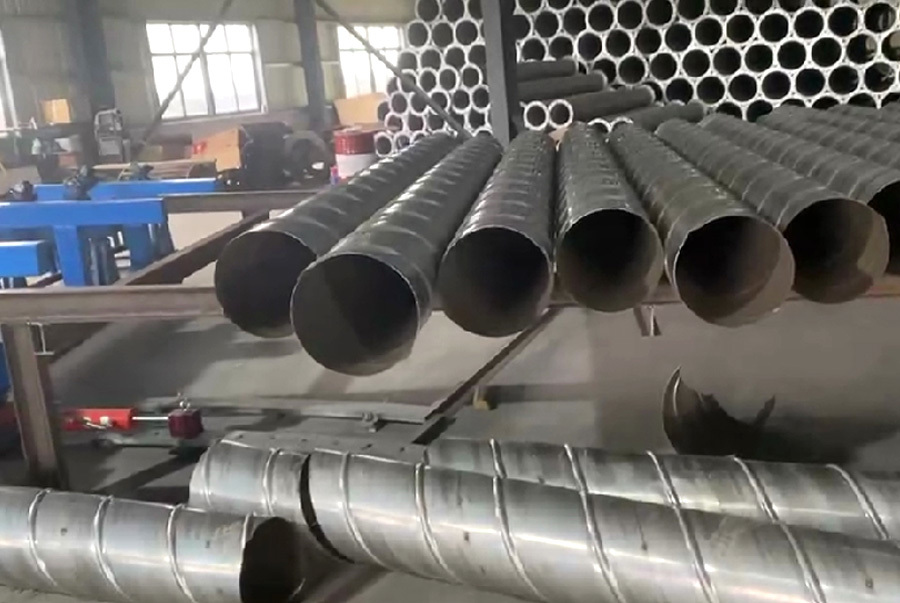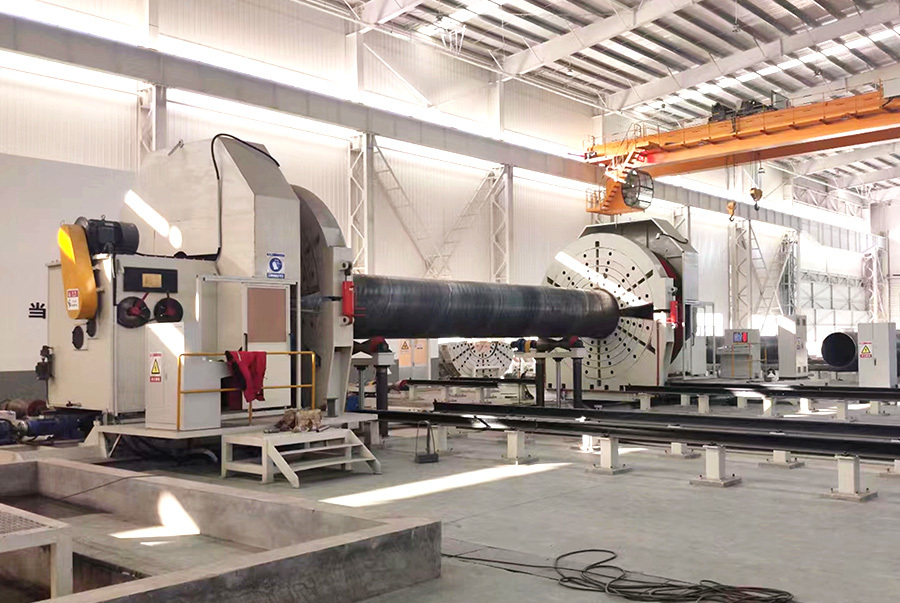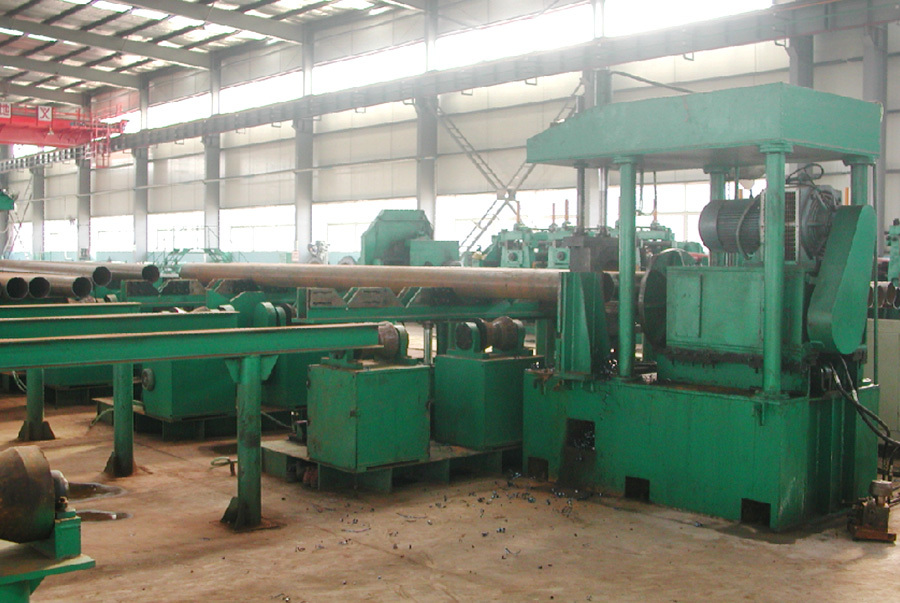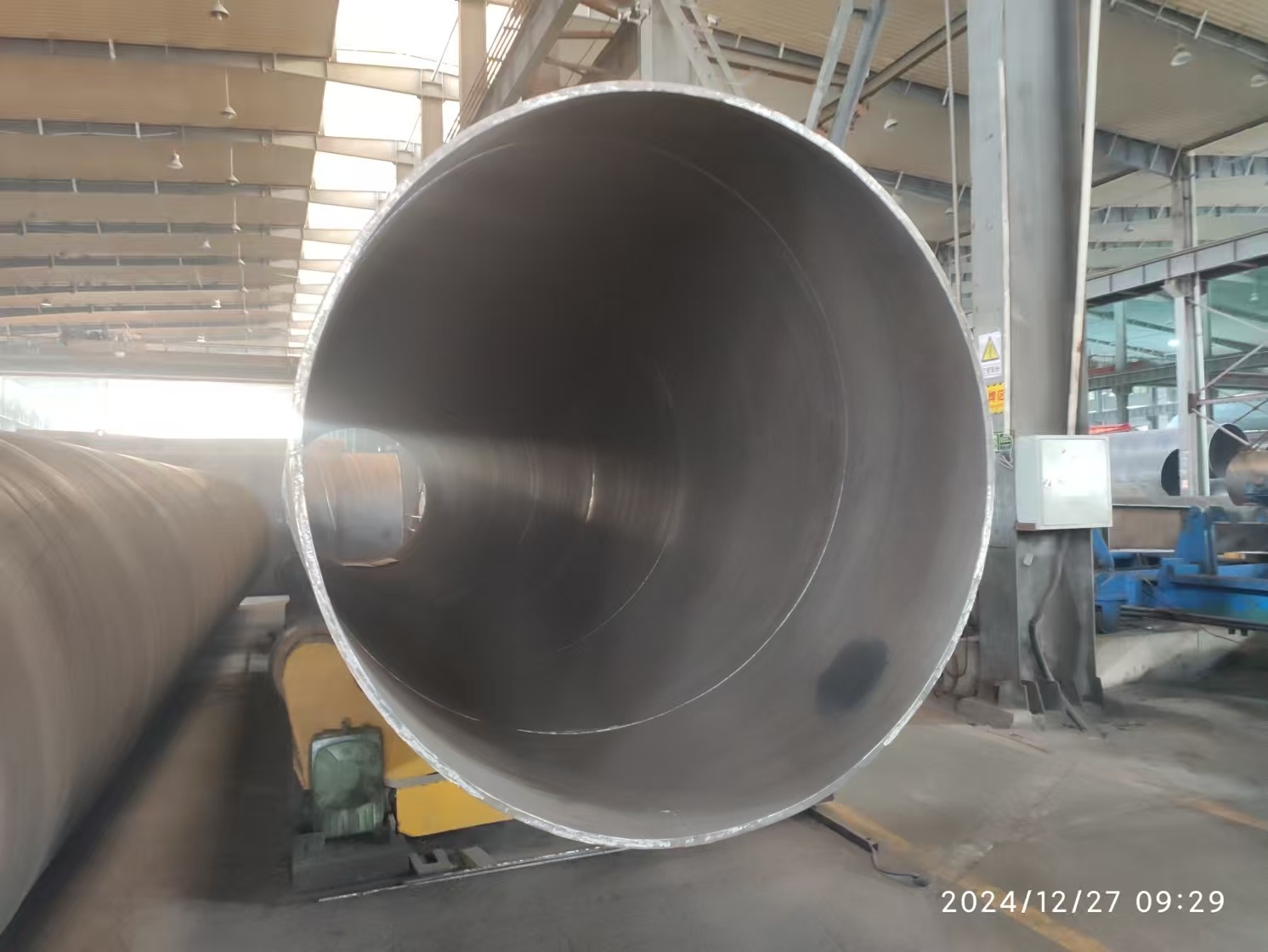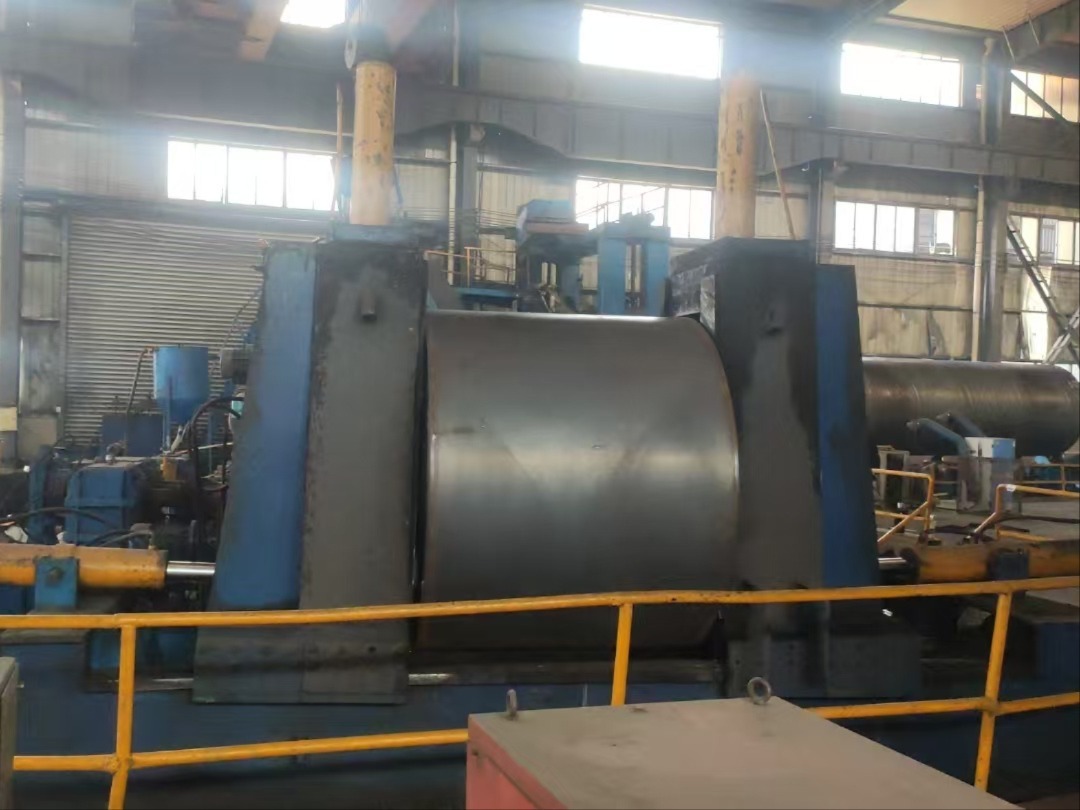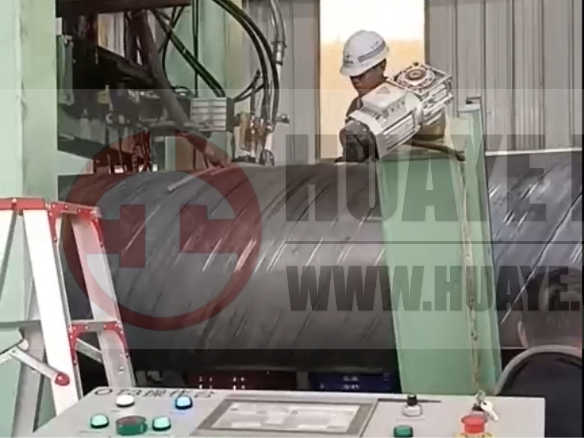Maximizing Efficiency with a Steel Beveling Machine: A Comprehensive Guide
11 Jun,2025
Maximizing Efficiency with a Steel Beveling Machine: A Comprehensive Guide
Table of Contents
1. Introduction to Steel Beveling Machines
2. Benefits of Using a Steel Beveling Machine
3. How Does a Steel Beveling Machine Work?
4. Different Types of Steel Beveling Machines
5. Choosing the Right Beveling Machine for Your Needs
6. Key Operational Techniques for Enhanced Efficie
Maximizing Efficiency with a Steel Beveling Machine: A Comprehensive Guide
Table of Contents
- 1. Introduction to Steel Beveling Machines
- 2. Benefits of Using a Steel Beveling Machine
- 3. How Does a Steel Beveling Machine Work?
- 4. Different Types of Steel Beveling Machines
- 5. Choosing the Right Beveling Machine for Your Needs
- 6. Key Operational Techniques for Enhanced Efficiency
- 7. Maintenance Tips for Longevity and Performance
- 8. Case Studies: Real-World Applications of Steel Beveling Machines
- 9. Frequently Asked Questions
- 10. Conclusion
1. Introduction to Steel Beveling Machines
Steel beveling machines have revolutionized the metal fabrication landscape. These specialized tools are designed for creating bevels on steel plates and pipes, essential for welding and assembly processes. The efficiency of steel beveling machines significantly impacts the quality and durability of the final product. This guide will explore the intricacies of steel beveling, focusing on maximizing productivity and ensuring precision in your operations.
2. Benefits of Using a Steel Beveling Machine
Utilizing steel beveling machines in fabrication offers numerous advantages:
Improved Weld Quality
Creating a clean bevel is crucial for strong welds. Steel beveling machines ensure consistent angles and smooth edges, which are vital for effective welding.
Increased Production Speed
Automated beveling machines drastically reduce the time required for manual beveling. This efficiency allows for quicker project turnaround times and higher output.
Enhanced Safety
By automating the beveling process, operators can maintain a safe distance from potentially hazardous cutting tools, reducing the risk of accidents.
Versatility in Applications
Steel beveling machines can handle various materials, including different grades of steel and other metals, making them a versatile tool in any workshop.
3. How Does a Steel Beveling Machine Work?
Steel beveling machines operate using a combination of advanced technologies to remove material from the edge of a workpiece. The process generally involves the following steps:
Material Feeding
The steel plate or pipe is securely fed into the machine, ensuring a stable and controlled movement.
Beveling Process
Using rotating blades or milling heads, the machine removes material from the workpiece at a predetermined angle. The precision of these machines allows for consistent bevels across multiple pieces.
Quality Control
After beveling, the workpieces undergo quality checks to ensure they meet the required specifications for thickness and angle.
4. Different Types of Steel Beveling Machines
Understanding the types of beveling machines can help in selecting the right one for your specific needs:
Portable Beveling Machines
These lightweight machines are ideal for onsite operations and can bevel edges of varying thicknesses.
Stationary Beveling Machines
Designed for heavy-duty tasks, stationary machines are often used in larger manufacturing facilities, handling bigger pieces with greater precision.
Plasma Beveling Machines
Using plasma cutting technology, these machines provide high-speed beveling, ideal for complex shapes and profiles.
5. Choosing the Right Beveling Machine for Your Needs
Selecting a beveling machine involves assessing various factors:
Material Type
Consider the metal types you will be working with. Some machines are better suited for specific materials than others.
Thickness of Material
Different machines cater to varying thicknesses. Ensure the selected machine can handle your specific requirements.
Production Volume
For high-volume production, investing in a stationary machine may provide the best return on investment due to speed and durability.
Budget
Evaluate your budget and consider the long-term benefits of investing in a quality machine that may reduce operational costs over time.
6. Key Operational Techniques for Enhanced Efficiency
To maximize efficiency with a steel beveling machine, implement the following operational techniques:
Regular Training
Ensure that all operators are well-trained in machine operation and safety protocols. This training boosts efficiency and minimizes errors.
Routine Calibration
Regularly calibrate your machines to maintain precision and avoid discrepancies in beveling angles.
Effective Workflow Management
Organize the workflow to minimize downtime and ensure a smooth transition between tasks.
7. Maintenance Tips for Longevity and Performance
Proper maintenance is essential to prolong the life of your steel beveling machine and maintain its performance:
Daily Inspections
Conduct daily inspections to identify any wear or damage and address it immediately.
Regular Lubrication
Keep moving parts well-lubricated to reduce friction and wear, ensuring smooth operation.
Scheduled Professional Servicing
Engage professionals for regular servicing. They can identify potential issues before they become significant problems.
8. Case Studies: Real-World Applications of Steel Beveling Machines
Understanding how other industries utilize beveling machines can provide insights for your operations.
Case Study 1: Automotive Industry
In the automotive sector, steel beveling machines are used to prepare joints for welding frames and chassis. Implementing automated beveling led to a 30% increase in production speed.
Case Study 2: Construction Sector
A construction company utilized beveling machines for pipe fitting, reducing their fitting time by 40% and ensuring superior quality in joints.
9. Frequently Asked Questions
What materials can I bevel with a steel beveling machine?
Steel beveling machines are generally effective for various metals, including carbon steel, stainless steel, aluminum, and more.
How do I maintain my beveling machine?
Regular inspections, lubrication, and professional servicing are key to maintaining your machine's performance.
Can I bevel different thicknesses of steel with one machine?
Many machines are designed to handle various thicknesses, but it’s essential to check the specifications of the specific model.
Are there safety precautions I should take when using a beveling machine?
Yes, always wear appropriate safety gear, follow operational protocols, and ensure the machine is properly maintained to minimize risks.
What is the difference between portable and stationary beveling machines?
Portable machines are designed for onsite operations and flexibility, while stationary machines are built for heavy-duty tasks in manufacturing settings.
10. Conclusion
Maximizing efficiency with a steel beveling machine is crucial for any metal fabrication operation. By understanding the benefits, choosing the right machine, and implementing best practices in operation and maintenance, fabricators can enhance productivity, improve weld quality, and ultimately drive business success. As industries continue to evolve, staying ahead with the latest beveling technology will ensure your operations remain competitive and efficient.
Key words:
All
- All
- Product Management
- News
- Introduction
- Enterprise outlets
- FAQ
- Enterprise Video
- Enterprise Atlas
Related News
From Raw to Ready: How Pipe Prepping Machines Transform Your Workflow
From Raw to Ready: How Pipe Prepping Machines Transform Your Workflow
In the ever-evolving world of manufacturing and machining, efficiency and precision are essential for maintaining a competitive edge. One of the most significant advancements in this field is the development of **pipe prepping machines**. This article delves into the transformative role these machines play in enhancing workflows
2025-12-13
Essential Insights into Pipe Prepping Machines: A Comprehensive Guide
In the manufacturing and processing machinery sector, particularly in the realm of electric tools, the pipe prepping machine stands out as a crucial tool for ensuring high-quality pipe preparation. These machines are designed to prepare pipe edges for welding and other applications, making them a vital component in various industrial processes. Understanding the functionality and advantages of pip
2025-12-08
How to Ensure Your Pipe Welding Equipment Meets Industry Standards
How to Ensure Your Pipe Welding Equipment Meets Industry Standards
Table of Contents
Understanding Industry Standards for Pipe Welding Equipment
Importance of Compliance with Industry Standards
Key Components of Pipe Welding Equipment
Regulatory Bodies and Standards Governing Pipe Welding
Regular Maintenance and Inspection of Welding Equipment
Training and Certification fo
2025-12-03








